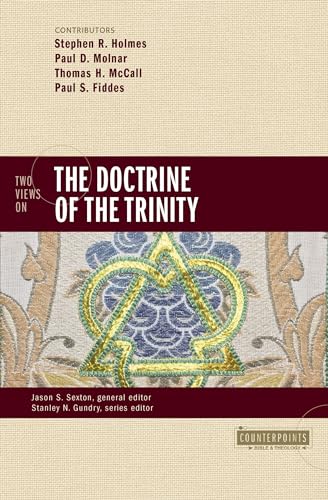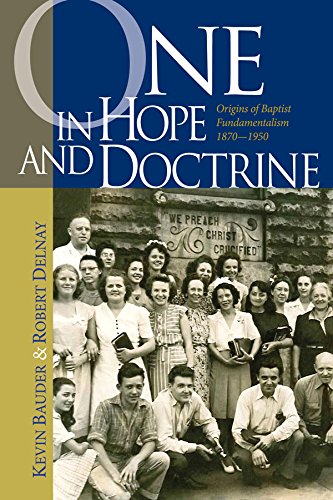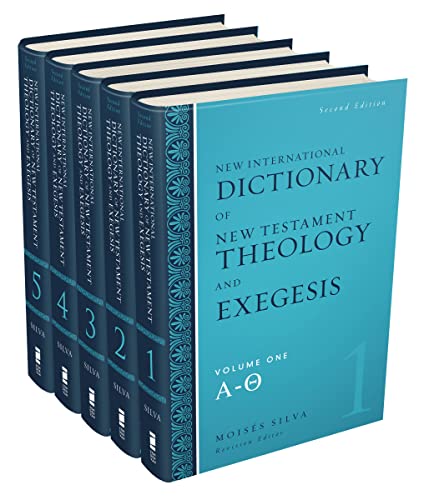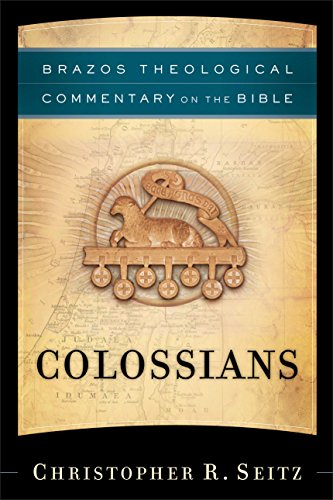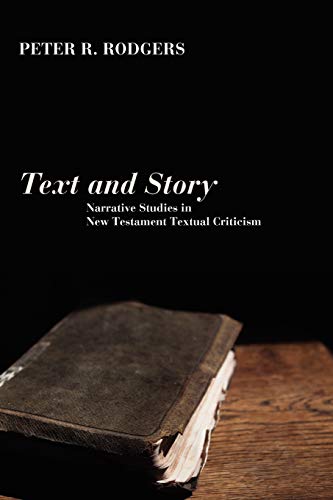Christ Crucified: Understanding the Atonement
Written by Donald Macleod Reviewed By Jonathan KingAn esteemed seasoned theologian, Donald Macleod offers a maturely considered treatise on the subject of Christ’s atonement that is rich and rewarding in theological insight. Macleod has partitioned the book into two main parts: Part 1: The way of the cross, and Part 2: The word of the cross. Under Part 1 (comprising a bit less than a third of the book) he focuses keenly on narrative elements of the passion story, while under Part 2 his focus mainly is systematic-theological as regards various aspects of atonement theory. The combination of narrative analysis followed by systematic analysis works together quite effectively and adds an illuminating texture compared to the way such doctrinal topics are typically addressed. Macleod signals his approach upfront: “the cross is not in the first instance a doctrine, but a fact, and no interpretation of the fact can make the suffering of Christ more or less awful than it actually was” (p. 15). A distinct strength of the book, Christ’s atonement is contextualized first in relation to the overall passion narrative. As Macleod notes, when it comes to Good Friday the Gospels go into slow motion, for this is the climax of Christ’s mission, the culminating point of his incarnation. In this way the person of Christ is profiled in center view in order to help the reader appreciate better the work of Christ on the cross. Here one could say that Macleod adopts the NT’s structural sequence in which the Gospel/Acts narratives are followed by the rest of the NT writings, which are largely didactic in character.
Macleod unfolds this in Part 1 starting with Christ’s characterization as a man of sorrows. With adeptness to important details and story flow, he walks the reader through the key events leading up to the cross, namely, the last supper, Gethsemane, the arrest and trial, till at last we come to the crucifixion itself. Again, Macleod effectively weaves together the personal facets of Christ’s story with the theological points he seeks to draw out. He continues in this same vein as he transitions to the next discussion, which addresses the interlude of Christ’s crucifixion from the third to the ninth hour. Here Macleod’s sensitivity to the passion narrative shines through at its best. He discusses in succession an array of notable aspects of the passion story, involving those leading up to Jesus’ death as well as those following it, such as the charge on which Jesus was condemned (“The king of the Jews”); Jesus’s execution between two thieves; the chorus of derision; the three hours’ darkness; Jesus’s words from the cross, especially the cry of dereliction; the piercing of Jesus’s side; the tearing of the curtain; the earthquake; and lastly, the resurrection. Thus, before he addresses the theological particulars in Part 2 of what Christ accomplished in atoning for the sin of the world, Macleod establishes nicely for the reader the particulars of what Christ subjected himself to and personally and experientially underwent in performing his mission of atonement. Macleod rounds out Part 1 with brief discussions on viewpoints of the atonement deemed problematic or scandalous. Leading the list, he notes, is the penal nature of Christ’s suffering. Axiomatic for him is the point that “Christ died, and as far as the human species is concerned, death is penal” (p. 59). Additional things discussed here include the claim that the cross is an example of “child abuse,” the Father’s involvement, and the point and purpose of the atonement. Setting the stage for Part 2, Macleod concludes Part 1 by commenting on the catholicity of the atonement: “There has been unanimity that we owe our salvation to the death of Christ; that the death was an oblation and a sacrifice; and that this sacrifice was piacular, atoning for sin, making peace with God and securing forgiveness” (p. 73).
In Part 2, Macleod transitions to a more systematic-theological treatment of the atonement. Macleod is keen to argue in support of the view that Christ’s death on the cross centrally entails penal substitutionary atonement for human beings. He sets out his view under three headings: Substitution: the man for others (ch. 4), Expiation: covering our sin (ch. 5), and Propitiation: averting the divine anger (ch. 6). While Christ’s messianic role as humanity’s representative (Christ with us) is strongly affirmed, Macleod more strongly puts the accent on Christ’s role as substitute in humanity’s stead (Christ for us). In connection with Christ’s atoning, substitutionary work on the cross, Macleod gives substantive treatments explaining the concepts of expiation and propitiation. The former involves the action of humanity’s sins being wiped away, and the latter involves the action of God’s wrath being averted from humanity. Put in simple terms, “‘expiation’ highlights the effect of the atonement on sin, whereas ‘propitiation’ highlights its effect on God. . . . God can be propitiated only if sin is expiated; and sin is expiated only in order that God may be propitiated” (p. 110). In these discussions Macleod presents his view of limited or definite atonement, arguing that Christ’s atonement was meant to secure salvation for a definite number of human beings as opposed to only rendering salvable those for whom he died (pp. 120–27). Obviously such issues and many others here have been and remain controverted amongst Christians, but Macleod articulates his positions with commendable clarity. Macleod’s understanding of what Christ’s atonement accomplishes and encompasses is not limited to that of penal substitution. He presents a full-orbed view of atonement in connection with and under the headings of Reconciliation: God’s way of peace (ch. 7), Satisfaction: enough to justify forgiveness (ch. 8), Redemption: setting the prisoners free (ch. 10), and Victory: disarming the powers (ch. 11). In short, Macleod provides a fulsome and variegated perspective of the atonement that highlights the illimitable love of God for the world, seen supremely through Christ’s atoning self-sacrifice for the world. The glorious upshot presented is that sin, Satan, and death are vanquished, and mercy triumphs over judgment for a people that God calls to himself, all as part of God reconciling all things to himself through Christ.
All that said, Macleod’s treatise is not without its weaknesses. There are a few points in particular I found either theologically problematic or addressed inadequately. These are flagged for the interested reader to consider more completely than I can do here. The first matter has everything to do with theology proper—the doctrine of God. After discussing Christ’s cry of dereliction in Part 1, Macleod addresses the question, “Does the Father, too, suffer loss?” Commenting on the cry of dereliction, he makes crystal clear the point that “the unity of the divine Trinity remains unbroken throughout the passion. Even while the Father is angry with the Mediator, the Son is still the beloved and still fully involved in all the external acts of the Trinity” (p. 50). I myself agree with the theological claim made here, though I understand others may not. The point I wish to note is that in a clear effort to disabuse the reader of understanding God as the Unmoved Mover who “was unmoved by the death of his Son on the cross” (p. 51), Macleod seems to problematize the notion of God’s impassibility. Thus he states with respect to Christ’s passion on the cross, “this very fact of the trinitarian unity has profound implications for the traditional Christian doctrine of divine impassibility. If it is true at the human level that where one member of the church suffers all other members suffer with her, must the same not be true of the Trinity?” (p. 50). The basic point he wants to establish is that pathos is proper to God’s nature, such that when God the Son suffered on the cross, then God the Father and God the Holy Spirit suffered right along with him, each in their own way (see also p. 177). The issue in question is not with making such a theological claim, but that he does not adequately qualify what he means here. Similarly, addressing the concept of expiation, Macleod comments on the nature of divine love, “Yet in its impulse toward forgiveness it does not set aside the need for sin to be expiated. Deep in the nature of God himself there is a necessity for a hilasmos” (p. 128). This is no small claim to make about the essential nature of God. Again, making a claim such as this is perfectly legitimate for a theologian to do, but the claim should be adequately qualified so that the reader may come to a clear enough understanding of what is meant and what is not. In these cases I do not think Macleod has made clear what he means, and thus the “profound implications” of the doctrine of divine impassibility and of divine love are themselves left unclear for the reader to ponder.
Another intriguing, if perhaps novel, claim Macleod makes is that “corresponding to the priesthood of the self-giving Son there is a priesthood of God the Father. . . . Golgotha becomes his temple, where . . . he is engaged in the most solemn business that earth can witness. He is offering a sacrifice. The cross is his altar, and his own Son the sacrifice” (p. 64). Macleod is quite clear, as he repeats later, “The Father was in effect the officiating priest at Calvary” (p. 208). For Macleod, God the Father’s priestly role is inferred from the fact that he provides the means and basis of atonement for the forgiveness and cleansing of his people. The view that the Father was acting in his own priestly role in sacrificing his Son at Calvary is an idiosyncratic one, however. And inferring this from Scripture seems at least highly arguable. While it is not a crucial point to his overall exposition, it nonetheless would have been helpful for the reader if Macleod explained better its theological import.
The final issue I wish to mention concerns Macleod’s discussion on the imputation of Christ’s active and passive obedience. To contextualize his discussions, he often includes helpful historical background, though its helpfulness is sometimes too limited by its brevity. Such is the case here where Macleod does a brief compare and contrast between the Calvinist position and the Arminian position that developed in the seventeenth-century in regard to the imputation of Christ’s righteousness to the believer (pp. 180–81). Macleod points up here what he sees as problematic implications of the Arminian position, but in my view this part of the discussion is not particularly helpful (or fair to the side he’s criticizing) because he paints in brush strokes that are too broad within the space limitations.
Overall Macleod’s volume is eminently readable (no small compliment), and is certainly suitable for the theologically interested readership of the church. It would also serve very well as a textbook for related theology courses at both the undergraduate and graduate levels. With its engaging prose and heartfelt concerns, this reviewer found it both illuminating and uplifting.
Jonathan King
Jonathan King
Trinity Evangelical Divinity School
Deerfield, Illinois, USA
Other Articles in this Issue
The account of Abraham's near-sacrifice of Isaac has been and will likely continue to be violently applied so long as the dominant misunderstanding of the text prevails...
In recent years, a growing cadre of younger historians has begun publishing significant books on the history of American evangelicalism...
Romans 4 remains a central text in the debate over the New Perspective on Paul...
Within the intra-Reformed debate over baptism, covenant theology is a crucial aspect in determining one's position...
‘Fathers of Faith, My Fathers Now!’: On Abraham, Covenant, and the Theology of Paedobaptism
by David GibsonThe figure of Abraham creates a covenantal framework for biblical theology that allows baptism to be considered in relation to the Bible's developing story line...



